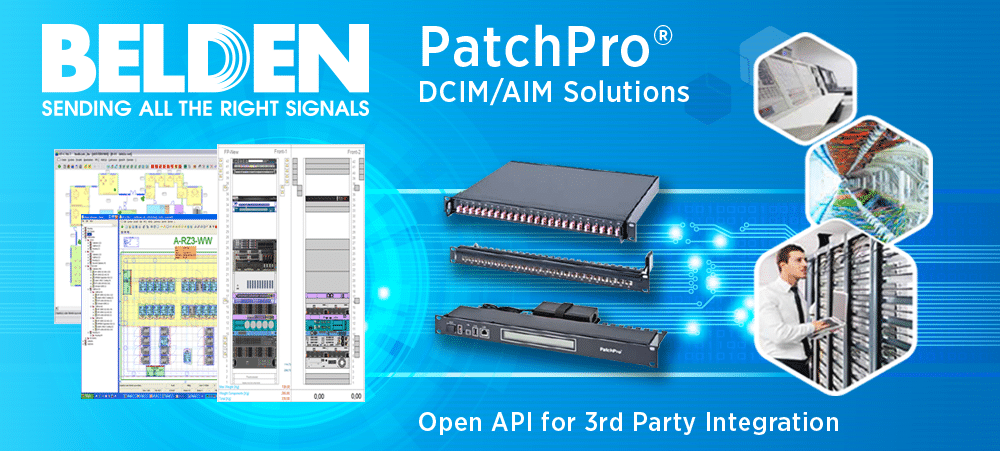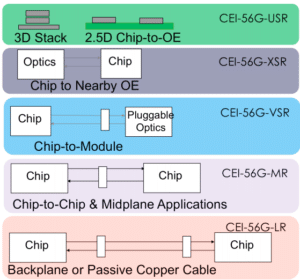Data Centre Audits: What’s the Difference?
There are numerous things to “audit” inside a data center in order to keep it operating at peak performance. When your team starts talking about a data center audit, make sure you know your options.
Depending on your goals, and what you hope to accomplish, there are several varieties of data center audits that be conducted. Here is a summary of the most common, and what types of information they can uncover.
Security Audit
A data center audit focusing on physical security will document and ensure that the appropriate procedures and technology are in place to avoid downtime, disasters, unauthorized access and breaches. It will revolve around things like:
- Fire suppression systems
- Screening of employees and contractors who access equipment
- Biometrics or other forms of access control
- Video surveillance
- Cabinet-level security
In addition to analysing current security processes, a security audit can also provide you with improvement recommendations.
Energy Efficiency/Power Audit
A data center energy efficiency audit helps you pinpoint potential ways to reduce energy usage and utility bills. By taking a close look at power use, the thermal environment and lighting levels, an energy audit can uncover things such as malfunctioning equipment, incorrect HVAC settings and lights being left on in unused/unoccupied spaces.
During a data center audit that focuses on energy efficiency, power usage effectiveness (PUE) can also be calculated (based on dividing total power usage by IT equipment power). By tracking this number, you can establish benchmarks and determine whether data center performance is improving or declining over time.
read full article







